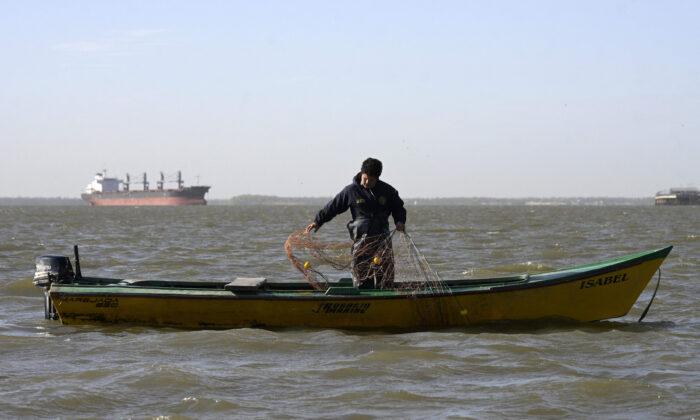Receding polar ice is giving way to shipping passage through the Arctic Ocean, and China may be eyeing the area for economic and military conquest. China announced its plan for a Polar Silk Road in January, wherein it will encourage shipping through the arctic region and develop infrastructure, similar to its One Belt One Road (OBOR, also known as Belt and Road) initiative.
China has used the OBOR initiative as
debt trap diplomacy, investing heavily into poorer areas to create debts that can not be repaid financially, and instead traded for equity. This way China acquires strategic places, like a
port in Sri Lanka. Kenya has also
accepted these offers, causing concern among locals, and Malaysia has
backed away from similar Chinese investment.
China is using a similar approach in Canada. According to a
Canadian Broadcasting Company report, China used a state-run corporation to attempt to purchase a major Canadian construction company. The acquisition of the construction company, Aecon, was blocked by the Canadian government. Aecon is responsibile for several iconic Canadian buildings, including the CN Tower.
However, Chinese state-owned and private companies have acquired Canadian natural resources, real estate, communications, and high-tech, according to the CBC report. This method is called a
front-door strategy.
Just Breaking the Ice?
China hopes to claim passage to the more frequently open arctic sea. This is a viable trade route for many nations, especially between Northern European and Asian nations. China may also take this opportunity of trade to establish military presence in the northern region.
In January, China released a
white paper outlining its plans for the arctic region, saying it will contribute to development. Despite China’s distance from the Arctic Circle, it now defines itself as a “near-Arctic power.”
Elizabeth Wishnick, a political science professor at Montclair State University, and Senior Research Scholar for Columbia University’s Weatherhead East Asian Institute, reported on China’s objectives in far north. The
2017 report outlined China’s strategies and implications from a U.S. perspective.
“Dr. Wishnick highlights that China is playing a long game in the Arctic and is deftly building partnerships with a wide range of partners in the region to make sure that China will have a voice on Arctic affairs in the future,” says the report.
Dr. Wishnick compares China to a “savvy realtor,” saying it is looking at Nordic regions as places for potential growth. “China has engaged the most economically vulnerable areas, such as Iceland and Greenland, earning goodwill and a foothold from which to take advantage of unfolding opportunities.”
Greenland would be a large catch for the CCP, as America has recently entered a disagreement with Greenland over Thule Airforce Base. China has hopes to
curry favor with Greenland in the wake of the disagreement.
“We also see Chinese companies and the Chinese government pursuing in the Arctic the aims of infrastructure development and resource extraction that are central to China’s One Belt One Road initiative for Central Asia, South Asia, and Southern Europe,” says Wishnick.
China may have already practiced its plan for the northern waters down in the South China Sea. China slowly encroached on contested areas, established infrastructure, and avoided conflict. “This involves expanding Chinese military and economic capabilities, advancing Chinese interests incrementally and defending Chinese sovereignty, while avoiding confrontation,” says Wishnick.
A one-sided policy is still used by China for access to areas. “The transit of Chinese naval vessels in the U.S. [exclusive economic zone] in the Bering Strait in September 2015 appeared to some U.S. observers to indicate acceptance by China of the principle of freedom of navigation, which Chinese officials have rejected in reference to the passage of U.S. Navy ships in areas China claims to be in their territorial waters in the South China Sea,” says Wishnick.
Tip of the Iceberg
China is an observer in the Arctic Council, the only governance institution for the region. “China will continue to advocate that the forum take into account the legitimate interests of non-Arctic states and the common interests of the international community,” says Wishnick.There may be military influence as well. Wishnick’s report cites analyst Yang Zhirong from the Naval Research Institute in Beijing. “Access to the Arctic would enable China to break out from Western pressure and emerge on the world stage.” The institute belongs to the People’s Liberation Army Navy.
A recent study also suggests that China may be planning for
submarines suitable to operate in the arctic. The Chinese research examines how to build submarines capable of surfacing through sheets of ice.
China is also developing an
energy partnership with Russia. Though Russia may not pursue a
military alliance, it has opened new trade routes with China. The two navies have previously held naval exercises in the Baltic Sea and Black Sea.





